Avocados could compete with apple pie for the title of most American food. As a country, we consume the vast majority of the world’s creamy green fruit, accounting for 40% of global imports, or over 3 billion pounds each year. And, no, not all of it will go to millennials for toast. In fact, a staggering 20% of the year’s avocado sales occur during a major sporting event in February, since, like most things, halftime is just better with guacamole.
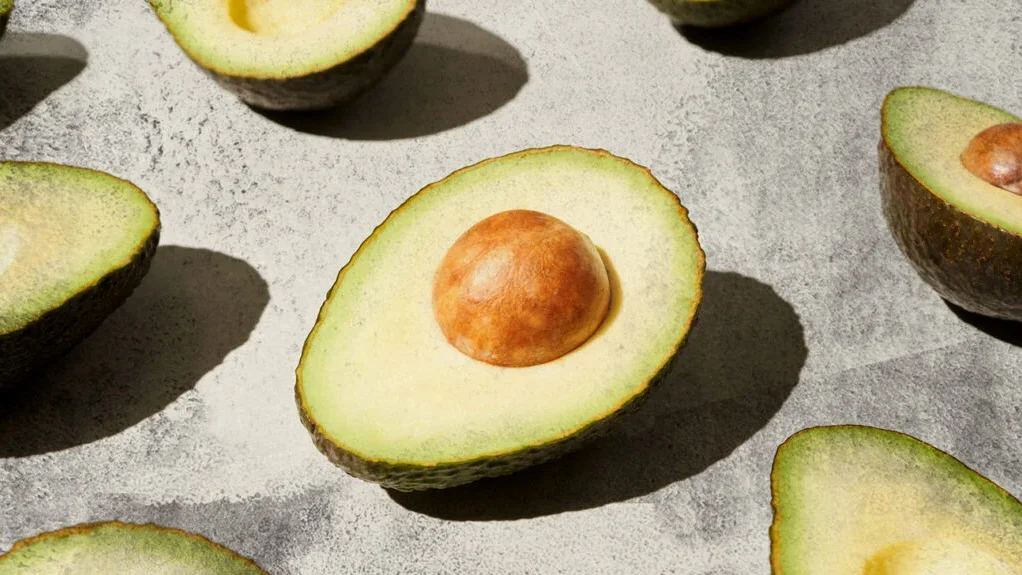
Avocados generally reciprocate our affection. According to the United States Department of Agriculture, they contain numerous nutrients that most Americans do not get enough of, including as fiber, potassium, and monounsaturated fats, which are heart-healthy. Avocados are one of the few plant-based sources of these fatty acids.
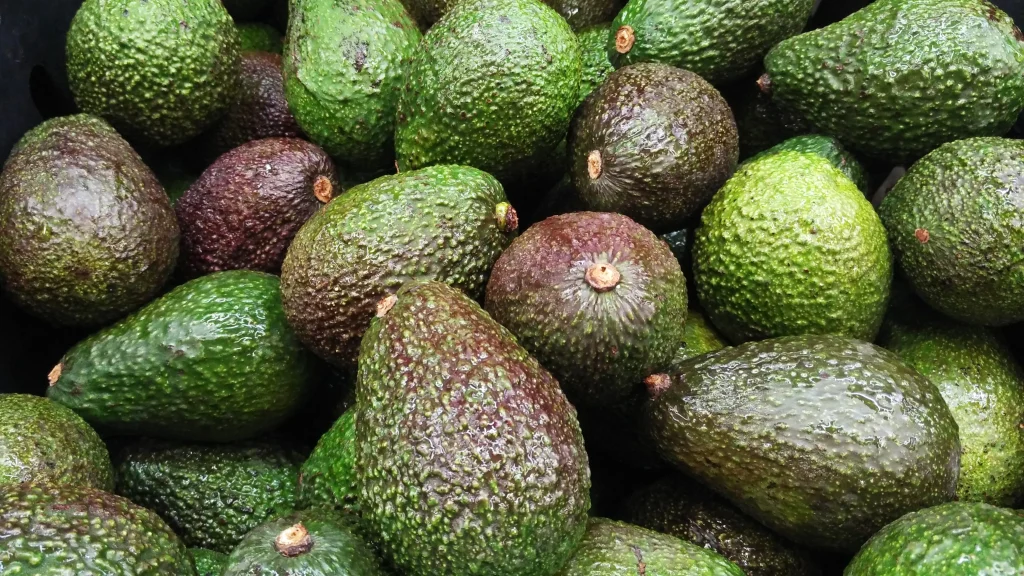
But if you’ve ever sliced into an avocado and discovered mould, black patches or streaks, or strangely stringy flesh, you might question if love was enough. Avocados, it turns out, are a surprisingly sensitive fruit that does not do well when carried hundreds of miles.
“Avocados are unique fruits in that they do not ripen on the tree,” stated Darryl Holliday, a food scientist, chef, and executive director of the Arkansas Food Innovation Center. “You have to cut them down before they ripen, and there are so many seemingly minor things that can affect that process.” Ripening too soon, being held at the incorrect temperature (too hot or too cold), broken skins, bruising from a little fall or a too-tight squeeze – all these things can lead to a less-than-perfect avocado experience.
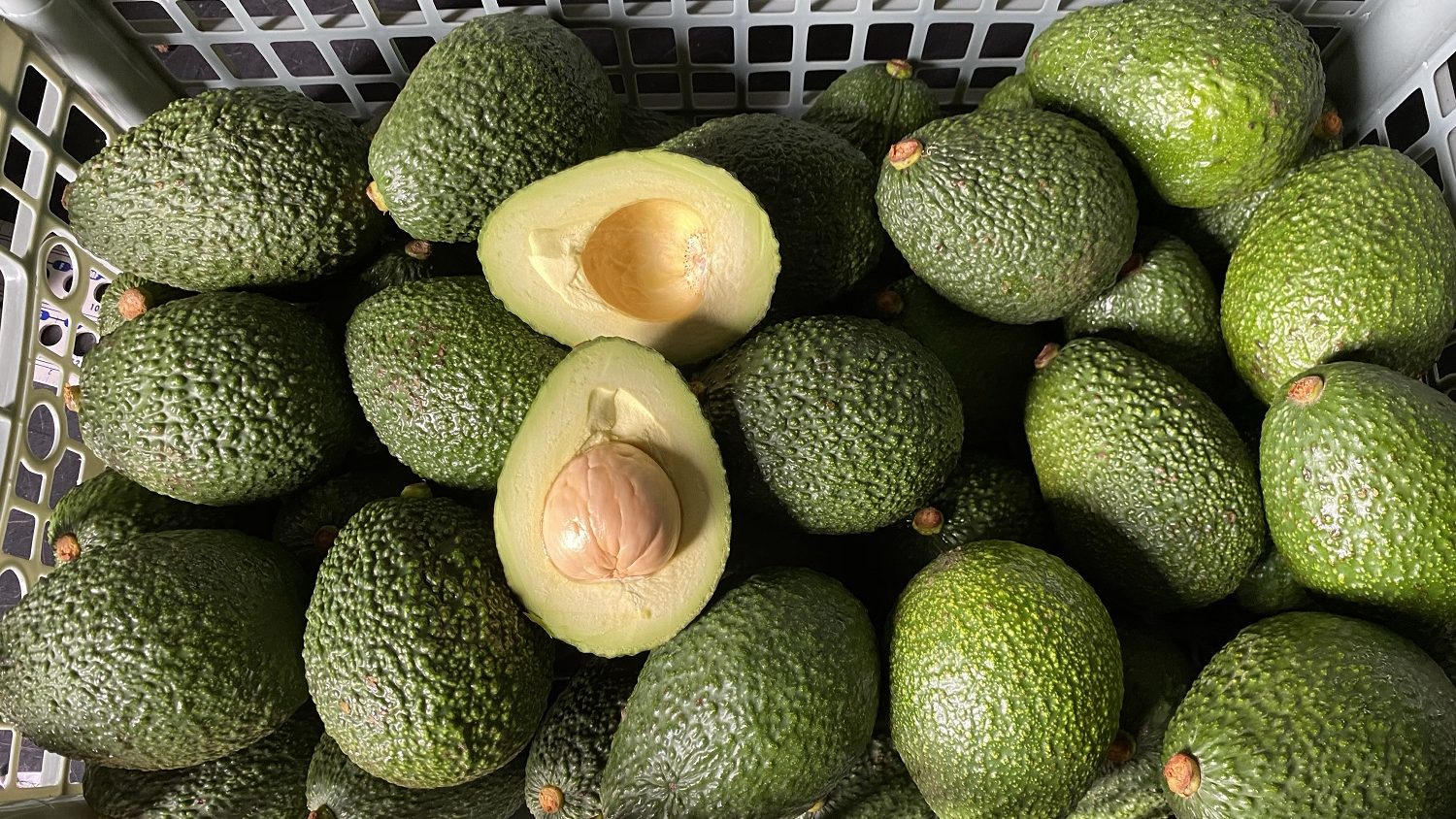
The key lies in understanding what truly indicates spoilage. While brown spots are often the first culprit, remember, browning is caused by oxidation, not bacteria. A small patch of brown flesh near the skin, especially around the stem, doesn’t necessarily mean the whole avocado is bad. Simply scoop out the discolored part and enjoy the rest.
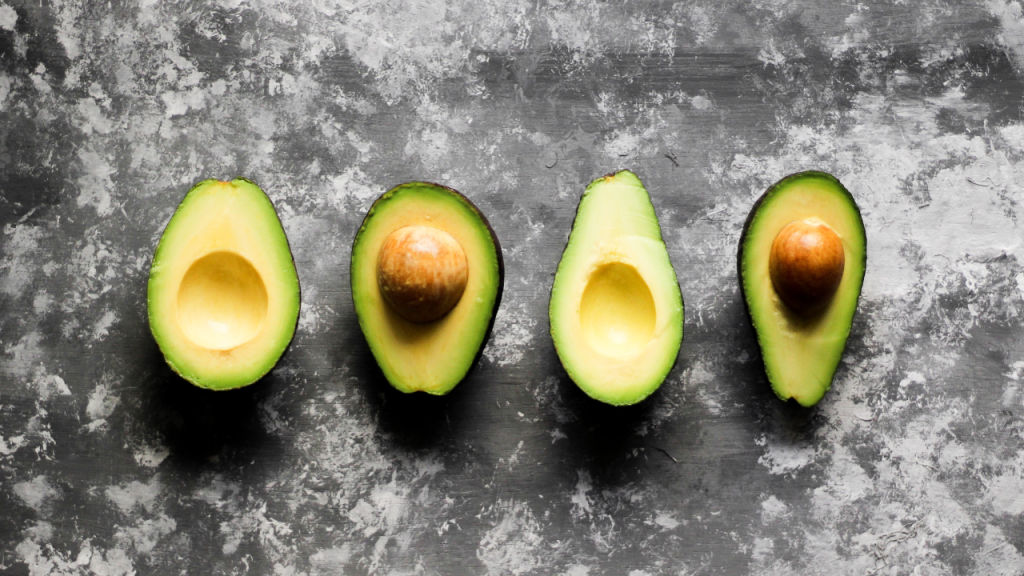
However, there are signs that scream “Danger” loud and clear. Mold, a fuzzy white or greenish growth, is a definite no-go. Likewise, a strong, unpleasant odor, mushy texture throughout, and widespread black streaks or sunken lesions all signal spoilage. In these cases, say goodbye to that avocado and reach for a fresh one.
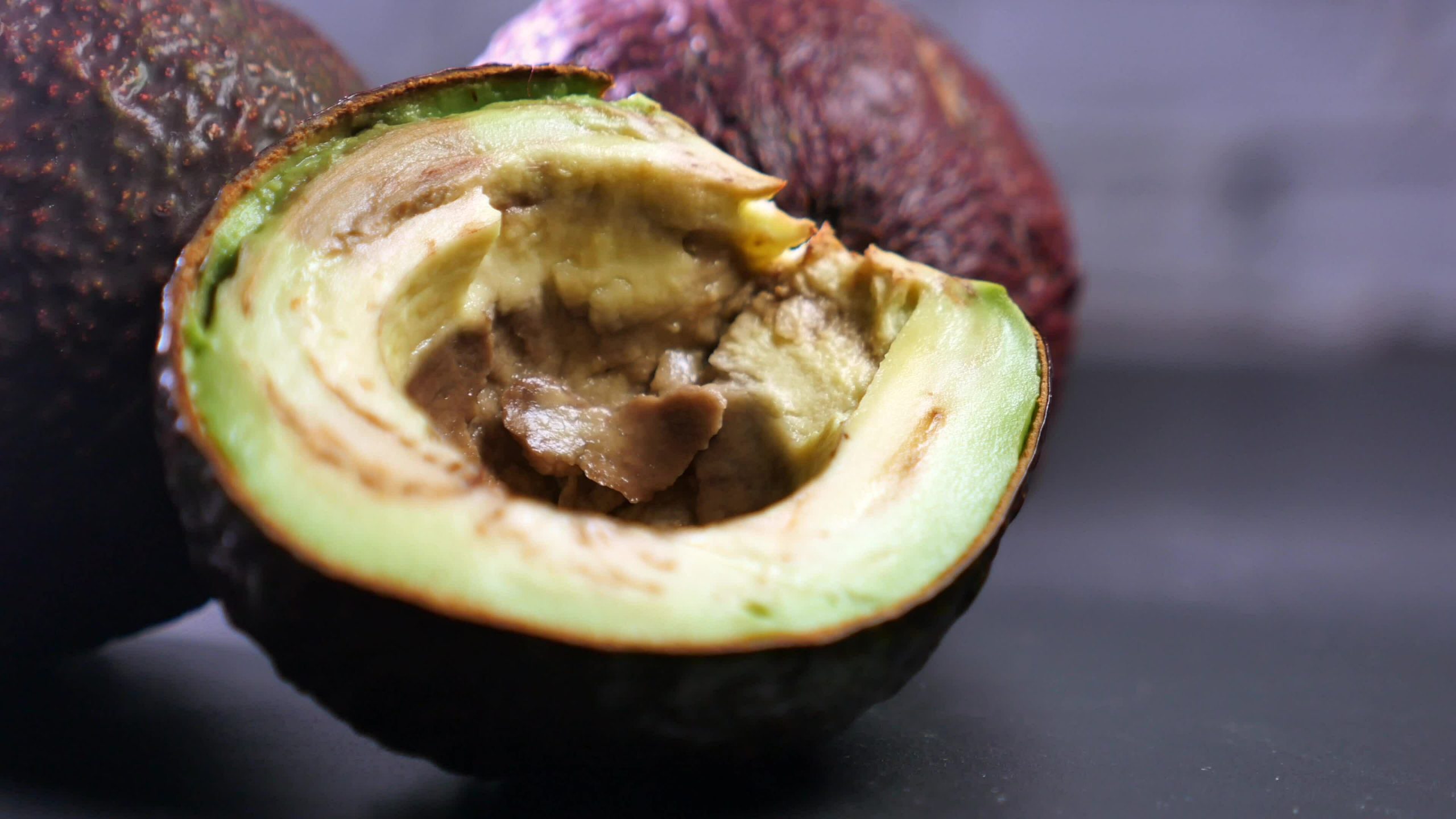
But let’s get back to those brown spots. What about large areas of discoloration, or even blackened halves? Shockingly, even these might not be a total loss. The black part, while unappealing, won’t make you sick. It’s simply oxidized flesh, and initially only affects the surface layer. So, grab a paring knife and meticulously trim away the dark areas, leaving behind the vibrant green goodness beneath.
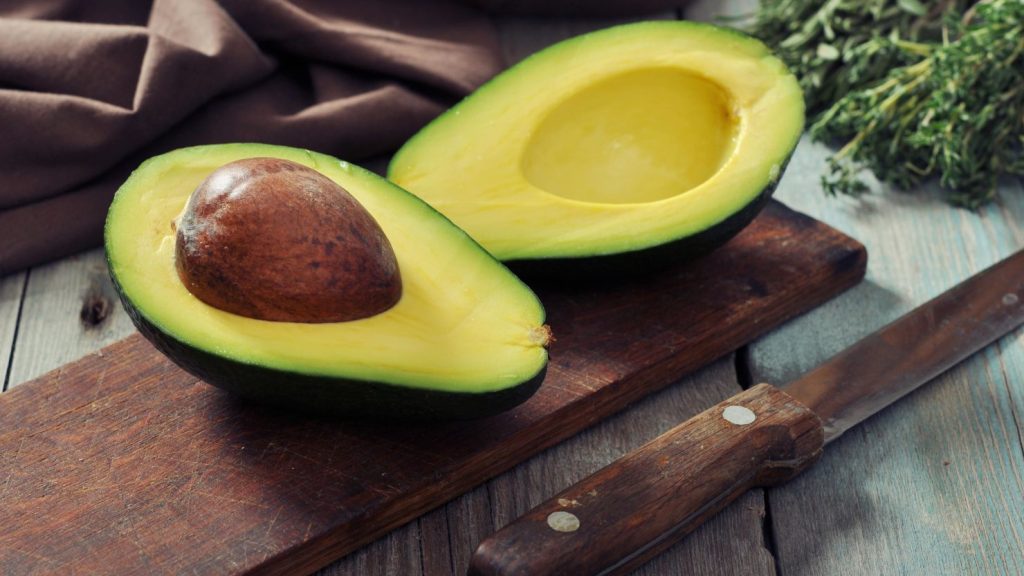
Remember, prevention is always better than cure. To minimize browning, store your avocados properly. Wrap them tightly in plastic wrap or squeeze some lemon juice on the exposed flesh. This slows down oxidation and keeps your avocados happy until you’re ready to slice and scoop.
And what about those hard lumps lurking within? Don’t panic! These are usually just stone fragments or unripe areas, harmless but unpleasant to chew. Simply remove them and enjoy the rest of your perfectly ripe avocado.
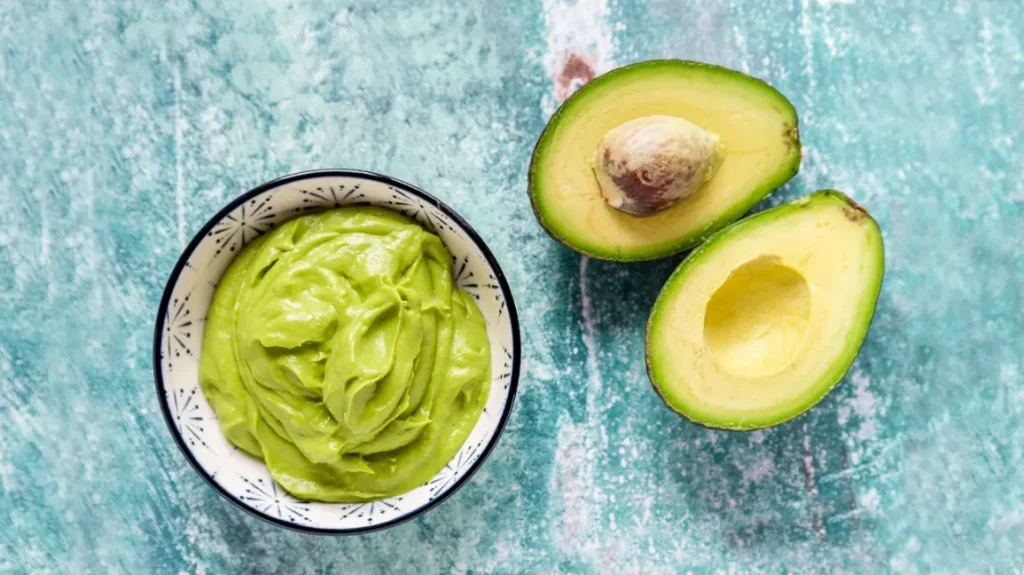
So, the next time you open an avocado and encounter something less than picture-perfect, remember these tips. Don’t be afraid to get creative with your cuts and trims, and embrace the fact that even seemingly gross avocados can hold delicious potential. Just give them a chance – you might be surprised at what you find!
Remember, food waste is a major issue, and learning to salvage perfectly edible avocados is a step towards a more sustainable future. So, wield your knife with confidence, embrace the imperfect, and savor every creamy bite of your rescued avocado!






GIPHY App Key not set. Please check settings